Home Use Off Grid Solar Systems In Phillippine
Home use off grid solar systems
15KW solar system in Phillippine
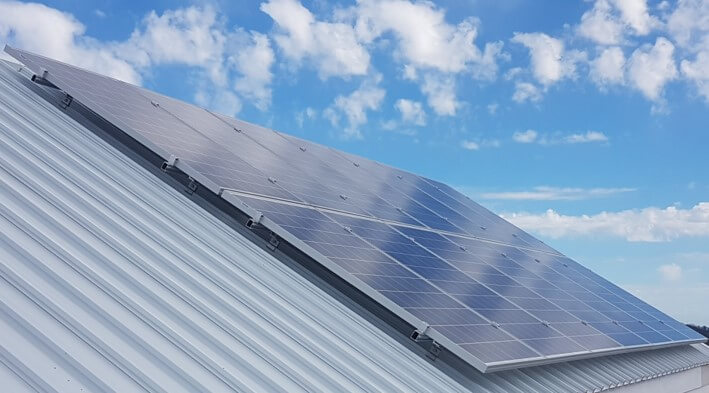 | 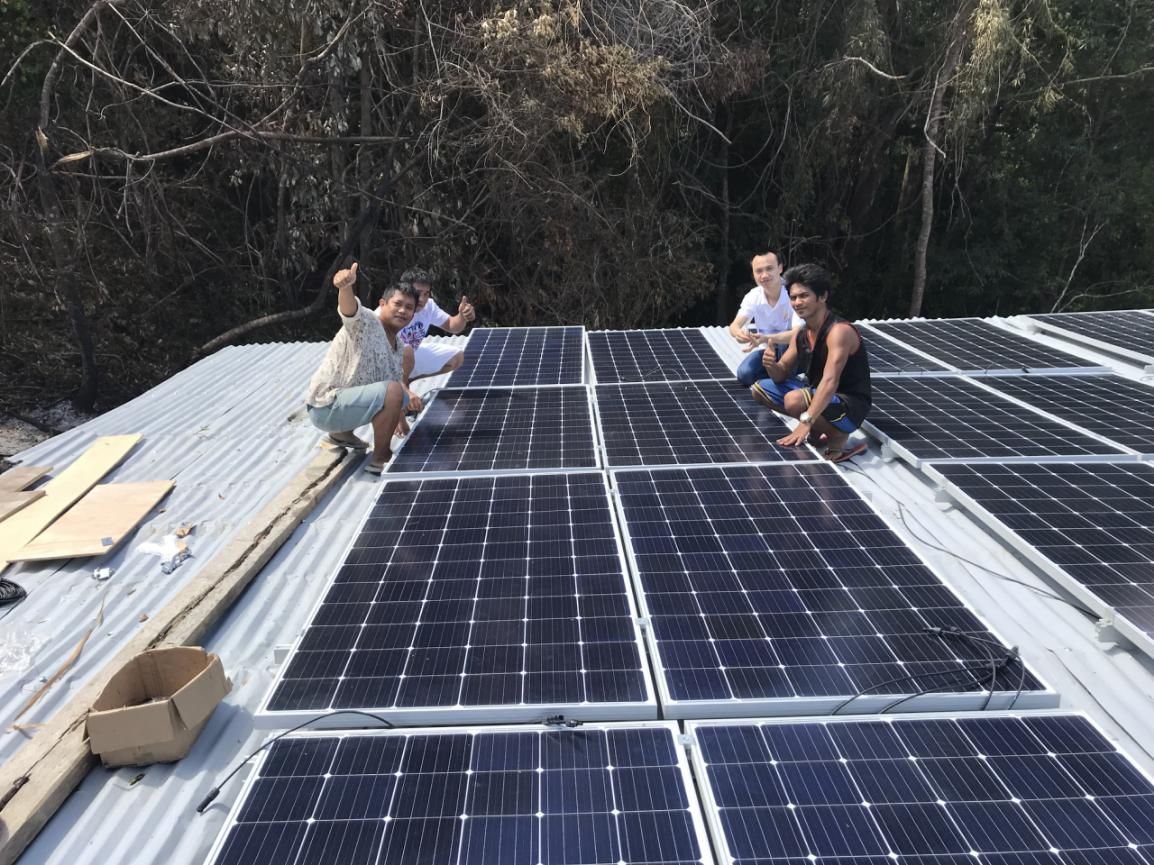 |
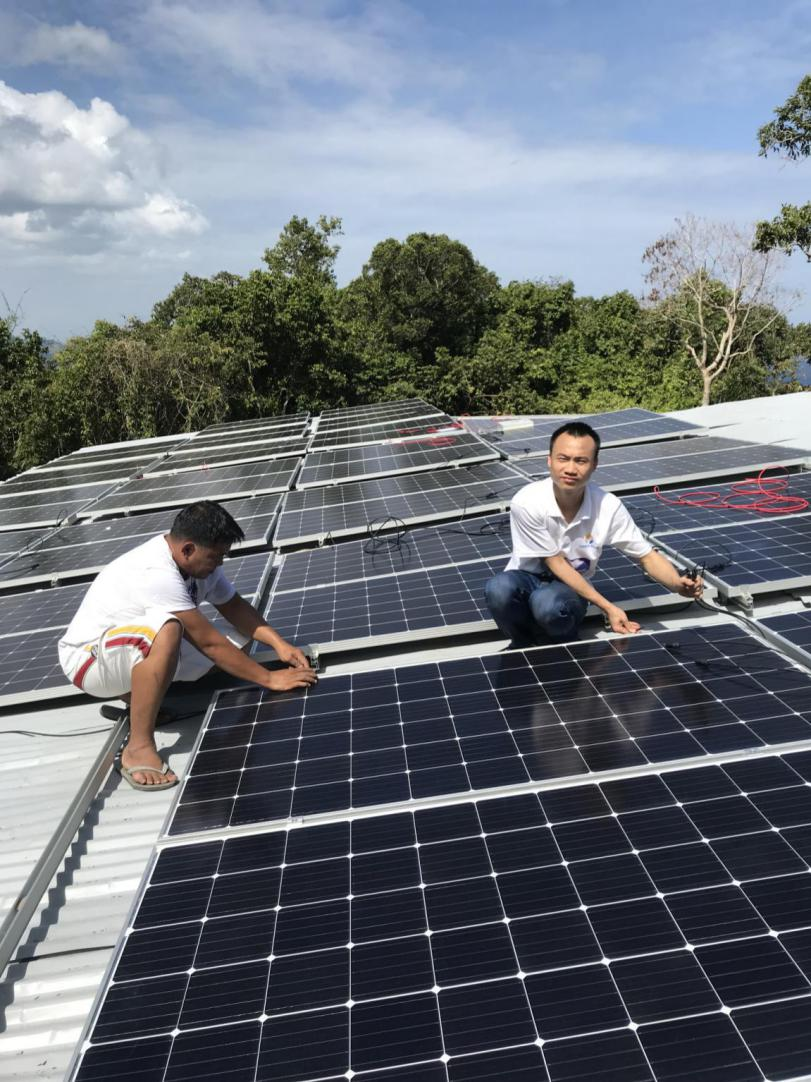 | 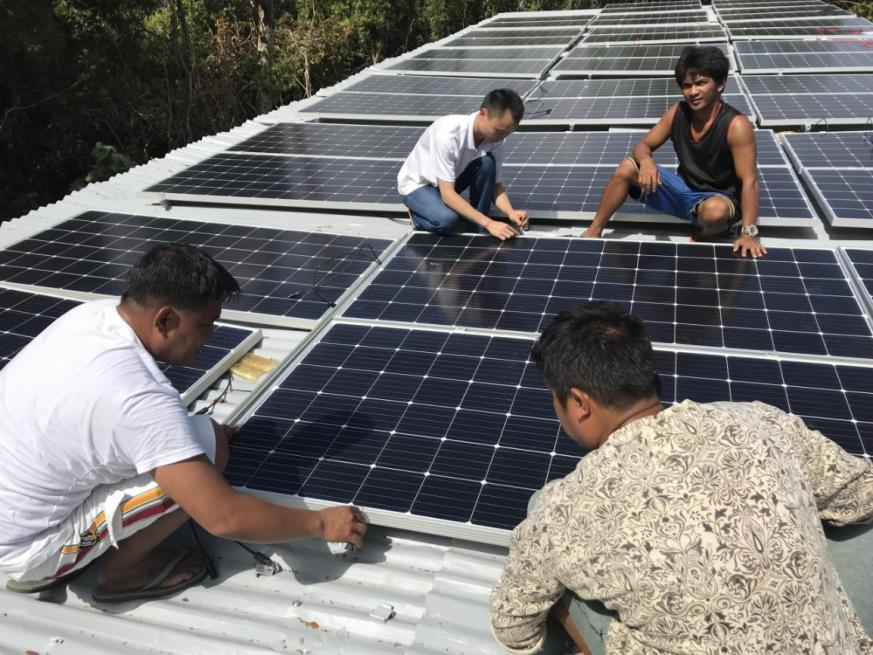 |
5KW solar system in South africa (Poly PV panels)
 | 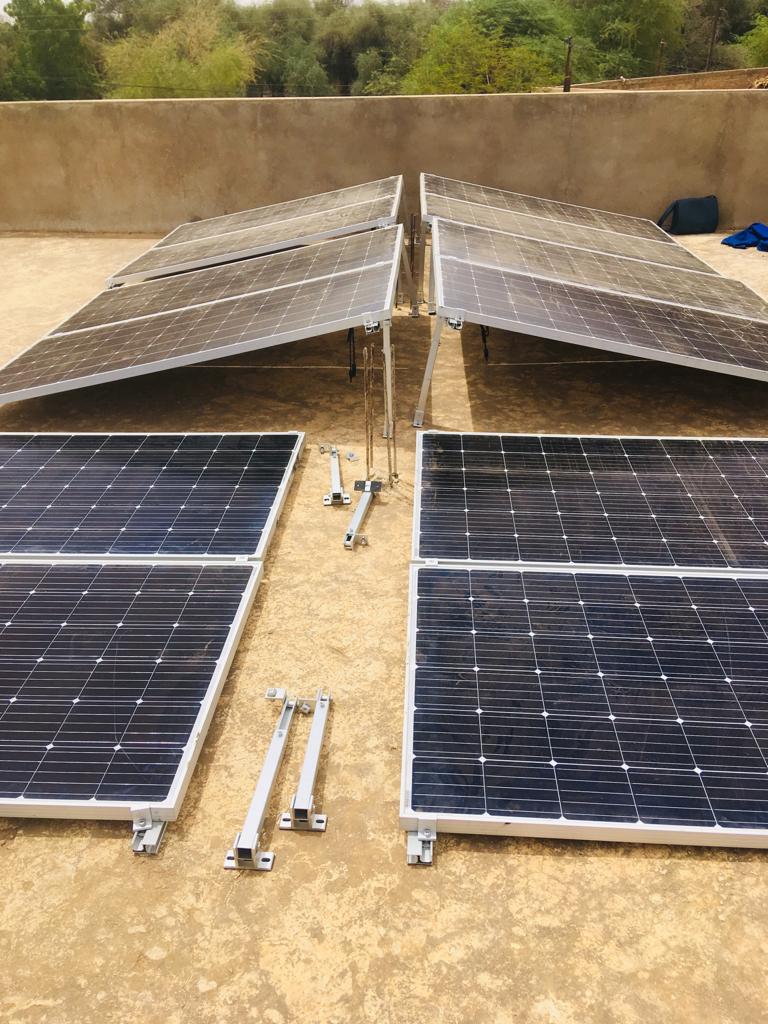 |
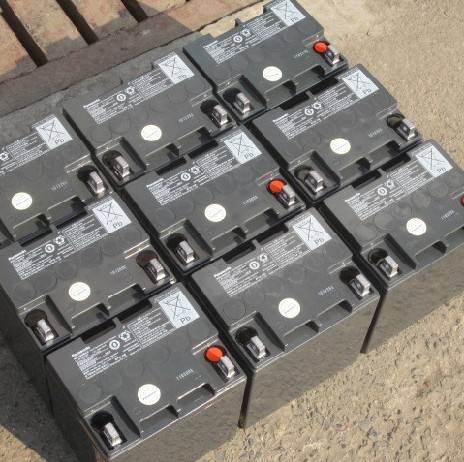 |
Designing an off-grid solar system for a home requires careful consideration of the energy demand, available sunlight, and storage capacity. Here's a general outline of the components and considerations involved in designing a home off-grid solar system:
1. Solar Panels:
Determine the energy demand of your home to calculate the required number of solar panels. Consider factors such as household appliances, lighting, heating/cooling systems, and other electrical devices. Choose high-efficiency solar panels to maximize energy production.
2. Mounting System:
Depending on available space, you can opt for roof-mounted or ground-mounted solar panel installation. Ensure proper orientation and tilt angle to optimize sunlight exposure.
3. Inverter:
An inverter converts the DC power generated by the solar panels into AC power suitable for use in your home. Consider a hybrid inverter that also supports battery charging if you plan to include battery storage.
4. Batteries:
Battery storage is essential for storing excess energy generated during the day for use during nighttime or periods of low sunlight. Select deep-cycle batteries designed for solar applications, such as lead-acid or lithium-ion batteries, based on your specific requirements.
5. Charge Controller:
A charge controller regulates the flow of current between the solar panels and batteries, preventing overcharging or discharging. It protects the batteries' lifespan and ensures efficient energy storage.
6. Electrical Wiring and Protection:
Proper electrical wiring should be installed to connect the solar panels, batteries, charge controller, inverter, and main electrical supply of your home. Include safety features like circuit breakers, surge protectors, and grounding.
7. Monitoring and Control System:
Implementing a monitoring and control system allows you to track the performance of your solar system, monitor battery levels, and optimize energy consumption. This helps ensure efficient use of resources and alerts you to any issues.
8. Backup Generator (Optional):
In regions with limited sunlight or during extended periods of inclement weather, a backup generator can provide additional power to recharge the batteries and meet energy demand. Consider the fuel type (e.g., diesel, propane, natural gas) and capacity based on your needs.
9. Installation and Maintenance:
Engage professional solar installers for system installation to ensure safety and compliance with local regulations. Regular maintenance, including cleaning solar panels, inspecting battery health, and optimizing system performance, is crucial for long-term efficiency.
10. Permits and Regulations:
Research and comply with any permits or regulations required for off-grid solar systems in your area. This may include interconnection agreements, building permits, and safety inspections.
Designing an off-grid solar system is best done by consulting with renewable energy experts or experienced solar installers. They can assess your energy requirements, analyze sunlight availability, and recommend suitable equipment for your specific location and energy needs.
